Zhenbeibao Western Film City, located in Yinchuan City, Ningxia Hui Autonomous Region, is a national AAAAA-level tourist attraction integrating sightseeing, entertainment, leisure, catering and shopping. It was founded by writer Zhang Xianliang on September 21, 1993.
The western film city of Zhenbeibao is characterized by its simplicity, primitiveness, ruggedness, desolation and folklorization. Its main attractions are Mingcheng, Qingcheng and Laoyinchuan Street, which are composed of many other film and television shooting landscapes.
In April 2007, the western film city of Zhenbeibao was named "the most popular tourist destination in China" and one of the top ten film and television bases in China. Movies such as Dahua Westward Journey, Xinlongmen Inn and Red Sorghum are set here . The 2008 China Yellow River Tourism Conference was named "50 Sceneries of the Yellow River in China".
Historical evolution
During the reign of Hongzhi in the Ming Dynasty (1500 A.D.), the western film city of Zhenbeibao was built, which was called Zhenbeibao, and it was a frontier fortress in the Ming and Qing Dynasties.
In the fifth year of Qianlong reign of the Qing Dynasty (1740 A.D.), a great earthquake occurred in Ningxia, which destroyed Zhenbeibao. A new fort was built not far from Zhenbeibao, which is called Zhennanbao.
In 1958, Zhenbeibao became a steel-making site .
In 1969, Zhang Xianliang discovered Zhenbeibao, which was still in the process of farm labor transformation.
In 1980, Zhang Xianliang transferred to Ningxia Wenlian to introduce Zhenbeibao to the production team of One and Eight. Thereafter, film and television crews came to view the scene one after another.
In 1982, based on Zhang Xianliang's novel "Spirit and Meat", Xie Jin directed the film "The Horse Herder", which won the Manila International Film Festival Award.
On September 21, 1993, Zhang Xianliang founded the western film city of Zhenbeibao.
In 1998, 22 herdsmen living in the western film city of Zhenbeibao were relocated and resettled.
In 2012, it took 97 days to build "Old Yinchuan Street" in the western film city of Zhenbeibao.
In 2014, Zhenbeibao West Film City opened a dedicated online ticketing channel .
Beginning in July 2016, Zhenbeibao West Film City launched the scenic spot night tour project .
Architectural pattern
Zhenbeibao Western Film City, located in the northern end of Xixia District, Yinchuan City, Ningxia Hui Autonomous Region, covers an area of 0.7 square kilometers, with a construction area of 500,000 square meters. There are two ancient castles in the western part of Zhenbei Castle, one south and one north. They are called Zhenbei Castle and Zhennan Castle. They are situated in the west facing the east. The western film city of Zhenbeibao is characterized by primitive simplicity, ruggedness and desolation. In the western film city of Zhenbeibao, scenes and props of some films have been preserved and restored for visitors to watch. The scenes on display include the gate tower and the Pansil Cave in the gate cave in The Journey to the West of Dahua, and a series of scenes such as the "heaven and earth break" in the fight between Monkey King Sun and the Bull Devil King. The "Blacksmith Camp" in the Yellow River Ballad. In Red Sorghum, Moon Gate, Wine-making Workshop, Jiu Er's (Gong Li decoration) living room, the sedan chair that Jiu Er took when he got married, and the large bowl with wine, etc. There are also film and television service facilities such as the projection Hall of the Film Archives .
Main attractions
Qingcheng
Qingcheng, located at the northern end of the film city in the west of Zhenbeibao (the main entrance of the scenic area), was built in the fifth year of Qianlong in the Qing Dynasty (1740 A.D.). It is another barracks built by the purpose of Qianlong after the earthquake destroyed Mingcheng, so it is called "Qingcheng". The two barracks are similar, which shows the military value of the eastern foot of Helan. Qingcheng looks like a big tortoise, taking the meaning of "spiritual tortoise down the mountain, good luck". The main attractions in Qingcheng are Wengcheng, Lucky Gate, Mysterious Cave, Baihua Hall, Film and TV Street, Gubao Guigua, Dudu Dufu, Niu Dewang Palace, Guanyin Pavilion, Exhibition Hall, Star Dog House, Notice Pavilion, etc. . The second gate of the Qing castle is called "the gate of fortune". The reason why it is called "the door of fortune" is that it is located in the middle of Helan Mountain and has the potential of Wolong Huaizhu . Zhu Yuanzhang, Flying Sky and Dahua's Journey to the West were all very successful in shooting scenes at the gate, so the Chinese film and television circles called the gate "Lucky Gate" .
Ming City
Mingcheng, located at the southwest end of the western film city of Zhenbeibao (south of Qingcheng), was built in the period of Hongzhi in the Ming Dynasty (1500 A.D.). It was one of the many military fortresses built along the northwest line of the Great Wall in the Ming Dynasty, named Zhenbeibao. In the third year of the Qianlong reign of the Qing Dynasty (1738 A.D.), Zhenbeibao barracks were destroyed by the earthquake. Mingcheng reflects the primitive, rugged, primitive and desolate natural features. It is the main shooting scene of the film and television city. The main attractions are the treasure trough, horse herdsman, Cultural Revolution courtyard, Moon Gate, Guanzhong City Gate, Chai Cao Shop, Pansil Cave, Dingzhou General Mansion, liquor workshop, Jiuer Residence, Blacksmith Camp, Site Gallery, Family Platform, Longmen Inn and so on. After the collapse of Zhenbeibao in Ming Dynasty, the Qing government rebuilt the barracks. There are two government barracks in Zhenbeibao, which is a unique phenomenon in China and forms a "Taiji map" .
Old Yinchuan Street
Old Yinchuan Street is located at the southeast end of the western film city of Zhenbeibao (east of Mingcheng). In 2012, it took 97 days to build "Old Yinchuan Street". The scenic spot is built on the central axis of replicating the original buildings of the Ningxia National Government (Ma Hongkui's official residence) and on the basis of the most prosperous "Liu Shu Lane" in Yinchuan before liberation. Reproduce the old shops and streets of that year. The street is 120 meters long, and shops on both sides of the street are divided into six 400-500 square meters of halls, including Yinchuan History Exhibition, Fire Science Education Exhibition, Taiwan, Hong Kong, Japan and Korea Small Commodities and Small Ornaments Monopoly - Xinqi, Chengtian Temple Theatre, etc. .
Honors
In 1985, the western film city of Zhenbeibao (also known as "Zhenbeibao") was declared a city-level cultural relics protection unit by Yinchuan Municipal Government.
In April 2006, Zhenbeibao Western Film City won 50 Silver Awards in China, which are the most worthy places for foreigners to visit.
In July 2006, the western film city of Zhenbeibao was awarded the "Top Ten Film and Television Bases of China 2006" .
On February 25, 2006, the western film city of Zhenbeibao was awarded the "Best Tourism Scenic Spot in China" .
On March 15, 2007, Zhenbeibao Western Film City was awarded China Quality Wanlihang Representative Unit .
On December 26, 2007, Zhang Xianliang, chairman of Zhenbeibao Western Film City, was selected as the 2007 China Collection Circle .
On August 8, 2007, Zhenbeibao Western Film City was awarded the title of "the most popular tourist destination" by the China Tourist Quality Promotion Conference .
In March 2008, the western film city of Zhenbeibao was awarded as the comprehensive experimental base for protective development of the national non-material cultural representative recording project.
In December 2009, Zhenbeibao Western Film City was awarded "National Designated Film and Television Scenic Spot" by China Radio and Television Association and Television Productive Committee.
On December 9, 2010, Zhenbeibao Western Film City was awarded "National Cultural Industry Demonstration Base" by the Ministry of Culture.
In January 2011, the western film city of Zhenbeibao was awarded the National AAAAA Tourist Area .
In 2016, the western film city of Zhenbeibao was rated as "the top ten ancient towns most concerned by Chinese newspaper industry in 2016" .
In June 2018, Zhenbeipu West Film was selected as the second time to search for high-quality popular tourist destinations in China .
Tourism information
Admission ticket
Zhenbeibao West Film City ticket is 100 yuan (including all scenic spots and program appreciation, including interpretation services). Students with bachelor's degree or below are entitled to half price certificates, disabled persons and servicemen are exempted from tickets, and elderly people over 60 are exempted from tickets.
Opening Hours
The peak season (April 15-October 15) is 8:00-18:00; the off season (October 16-April 14) is 8:30-17:30.
Traffic information
transit
Bus Tour 3 Road: (Crescent Square - Zhenbeibao West Film City) departure time: Crescent Square 09:00, return time: Zhenbeibao West Film City 14:00 .
Take the No. 17 bus from Nanguan Mosque in Nanmen to the western film city of Beibu Town.
Self driving
From Yinchuan City to Zhenbeibao West Film City:
Yinchuan - Beijing Road - Xixia Square - turn right 18 kilometers north to the western film city of Zhenbeibao.
Yinchuan - Helan Mountain Road - Military Region - 110 National Road 8 kilometers north to the western film city.
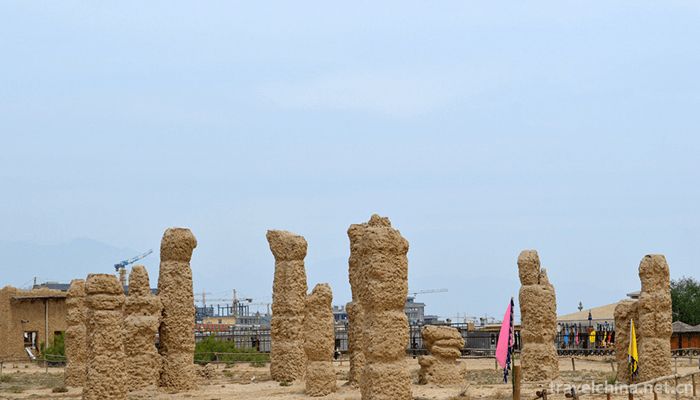
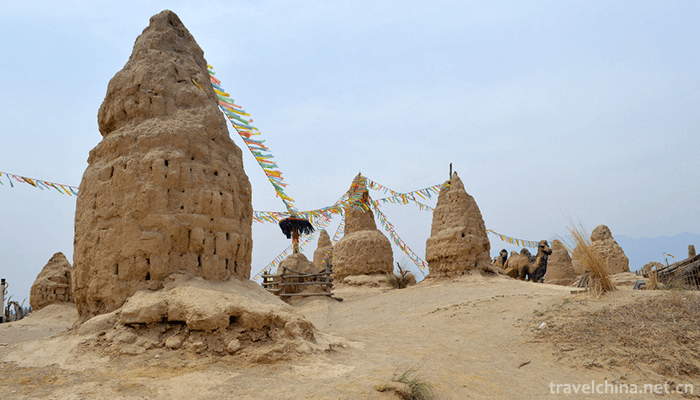
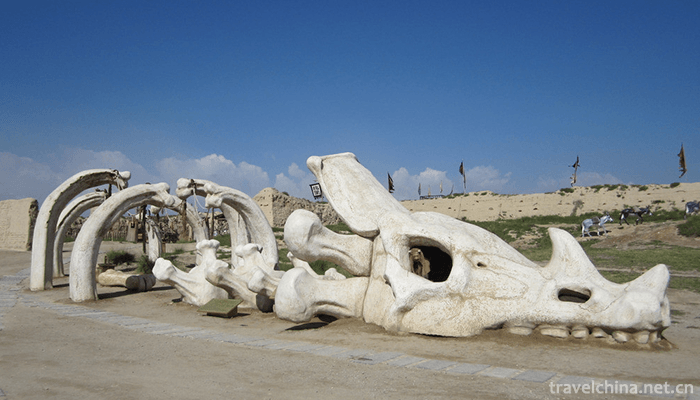
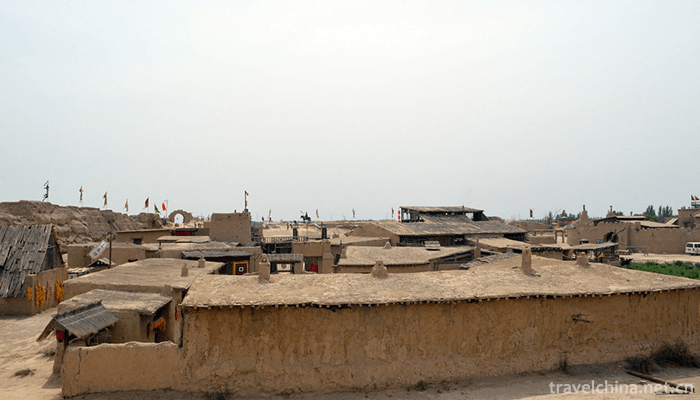

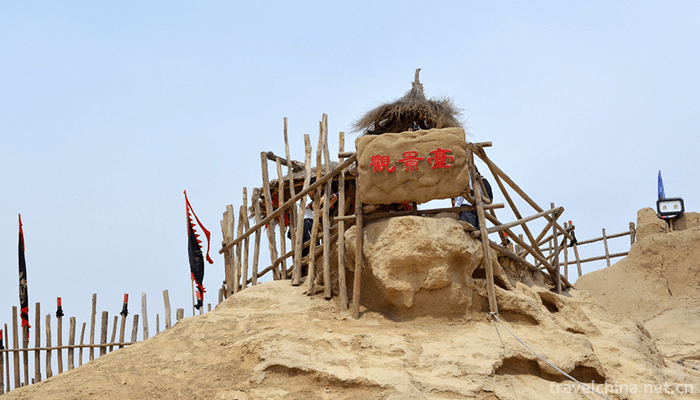
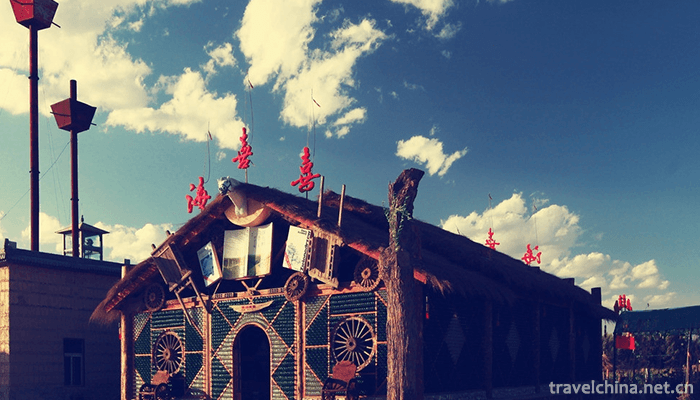
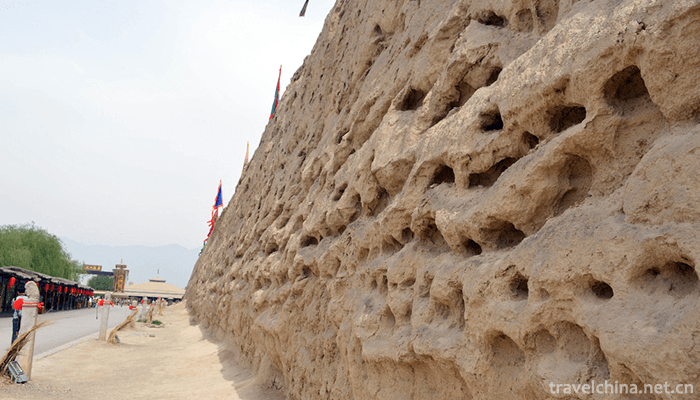
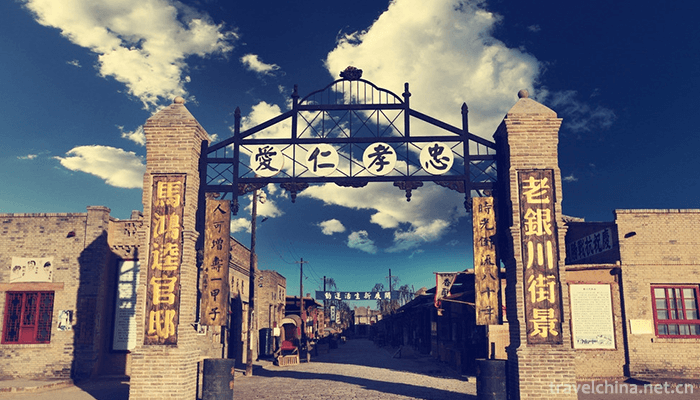
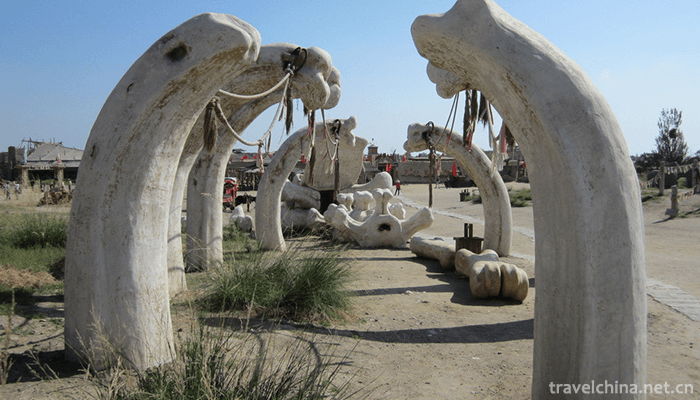

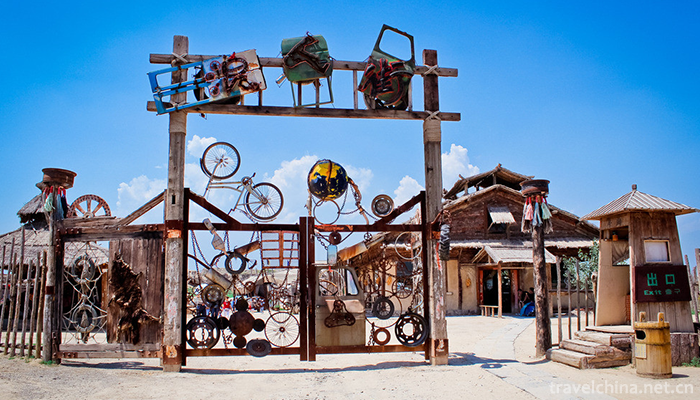
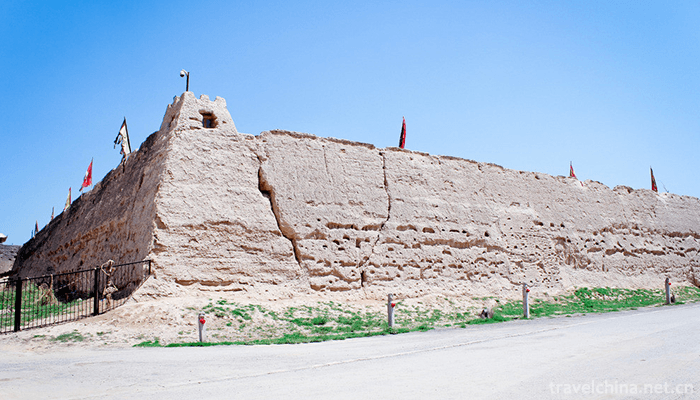

0 Questions
Ask a Question
Your email address will not be published.